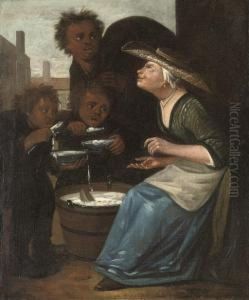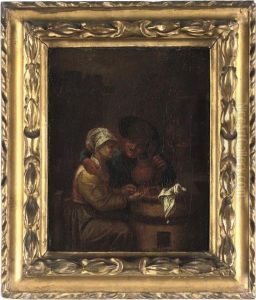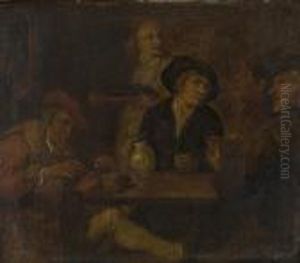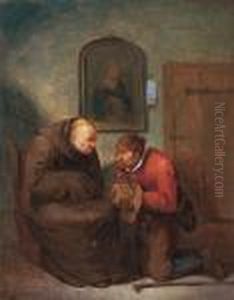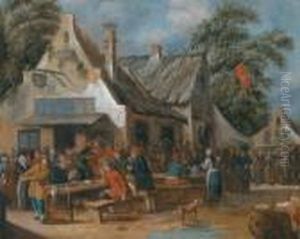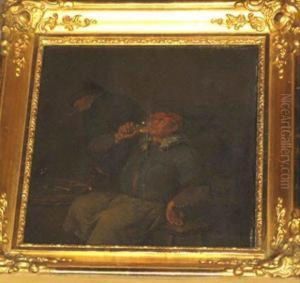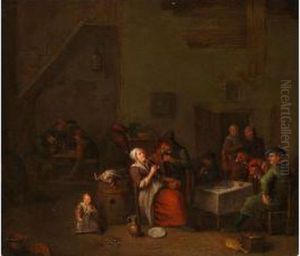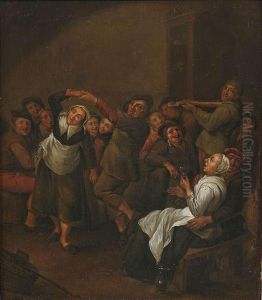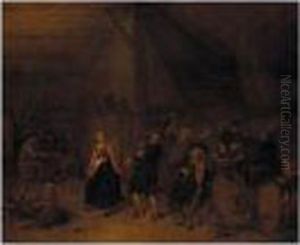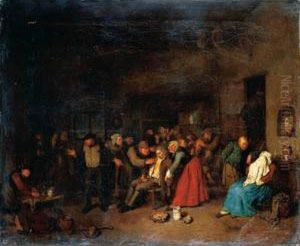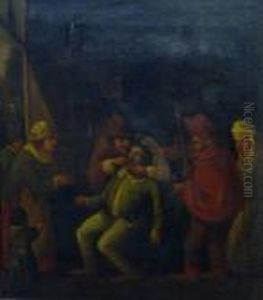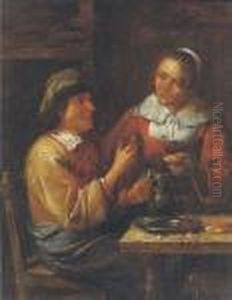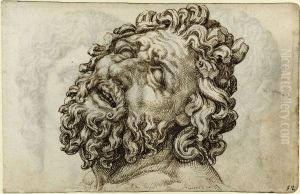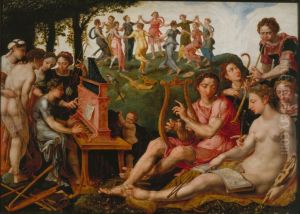Maarten Van Heemskerck Paintings
Maarten van Heemskerck, born Maerten van Veen (1498 – 1574), was a Dutch portrait and religious painter, known for his depictions of the Seven Wonders of the World. Heemskerck was born in the town of Heemskerk in the Netherlands, which influenced his chosen surname. His early training was with the painter Cornelis Willemsz in Haarlem, and he later became a student of Jan van Scorel, who had a significant impact on his style and development as an artist.
Heemskerck's travels were crucial to his artistic growth; he visited Rome around 1532, where he was exposed to the works of classical antiquity and the Renaissance masters, which greatly influenced his work. He sketched ancient ruins and sculptures, and these drawings later served as the basis for his famous series on the Seven Wonders of the World. After returning from Italy in 1536, Heemskerck settled in Haarlem and became an influential member of the Haarlem Guild of Saint Luke.
His works are characterized by their intricate detail, vivid color, and often complex compositions. Heemskerck's religious paintings, such as altarpieces, are noted for their dramatic expressions and figures, reflecting the influence of Italian Renaissance art. He also painted portraits, including self-portraits, which are valued for their psychological depth and realism.
Throughout his career, Heemskerck enjoyed considerable fame. He was not only a prolific painter but also had a significant impact on other artists of his time and those who came after him. His works can now be found in various museums and collections around the world. Heemskerck's contribution to Dutch Renaissance art is widely recognized, and his depictions of the Seven Wonders have left a lasting legacy in the history of Western art.
